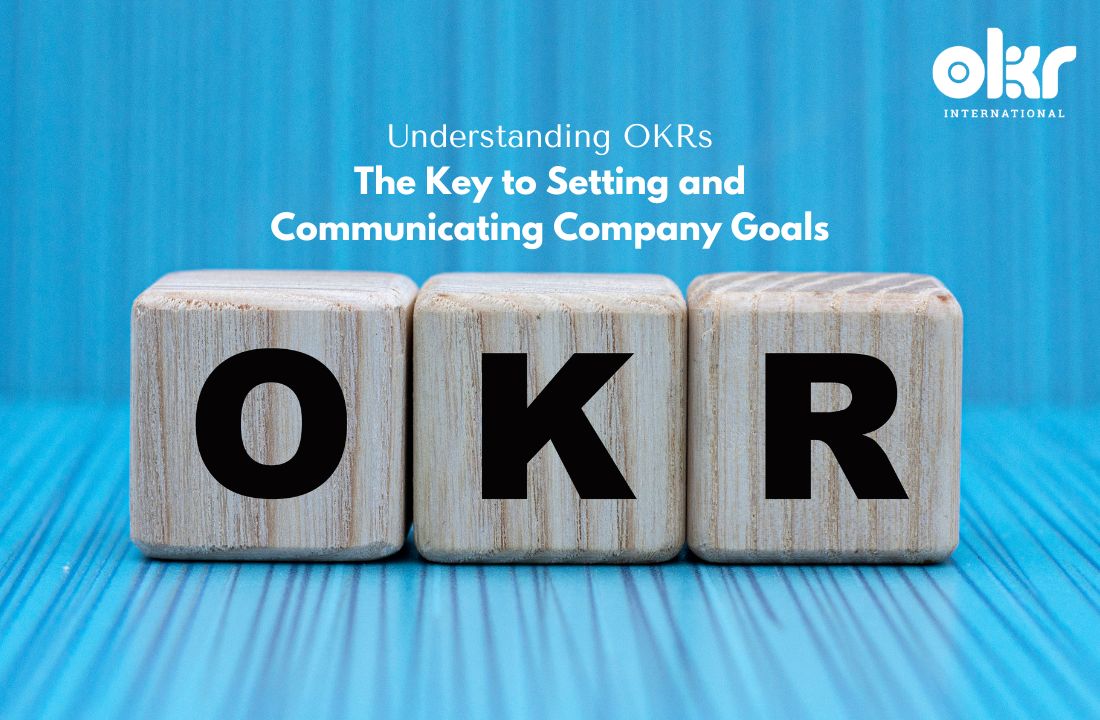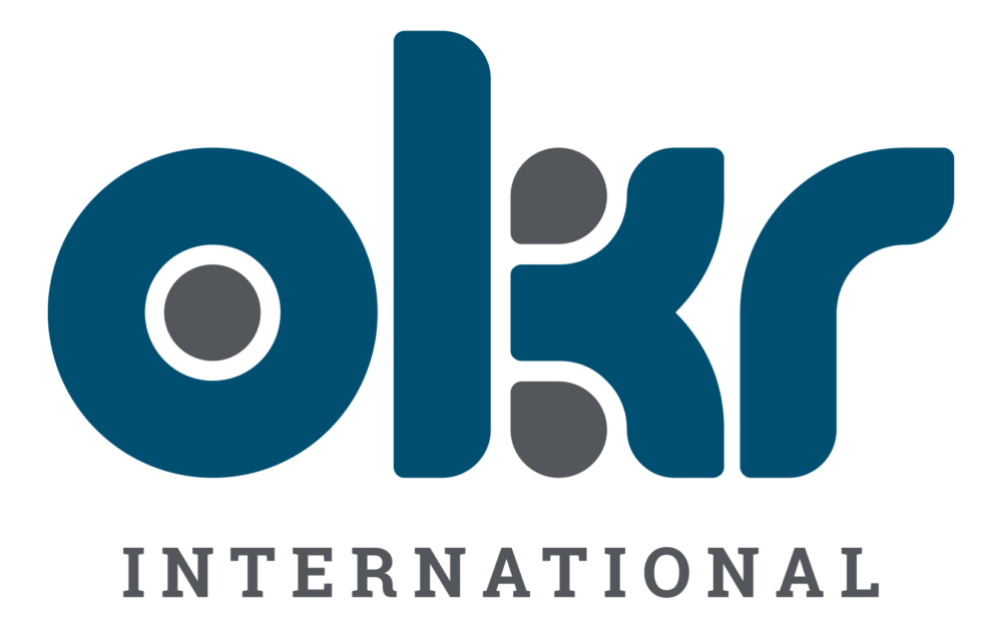Understanding OKRs – The Key to Setting and Communicating Company Goals
Welcome! At our organization, we regard OKRs (Objectives and Key Results) as the cornerstone of strategic planning and execution excellence. This guide aims to unravel the significance of OKRs and how they can revolutionize goal setting and realization within a company setting.
What are OKRs? A Profound Look at Objectives and Key Results
OKRs, an abbreviation for Objectives and Key Results, are a framework that companies adopt to set, track, and attain goals. They present a path to bridge the gap between aspirations and accomplishments by creating clearly defined objectives aligned with measurable key results.
Objective: The ‘What’
An objective represents what you intend to achieve. It provides a sense of direction and inspiration. Objectives are concise, inspiring, and challenging, yet realistic.
For instance, an example objective for a software company might be: “Revolutionize user engagement on our platform”.
Key Results: The ‘How’
Key Results, on the other hand, are quantifiable measurements used to track the achievement of the objective. They’re like milestones that guide you towards your objective.
In the context of the software company, key results could be: “Increase daily active users by 20%” and “Reduce app load time by 30%”.
How to Structure OKRs for Maximum Impact
Setting OKRs in an effective manner is a crucial step towards unlocking their potential. They should be:
Aligned: OKRs must align with your organization’s goals and vision. When everyone knows and understands the direction, you create synergy and promote cooperation.
For example, if a company’s objective is to “Increase Market Share”, a department-level OKR might be “Expand product portfolio”.
Measurable: Key Results must be quantifiable to provide a clear indicator of progress towards achieving the Objective.
A measurable key result could be “Increase sales revenue by 15%”.
Time-Bound: An OKR cycle should have a specific time limit to inspire urgency and concentration on the tasks at hand, like “Achieve 10% customer growth in Q3”.
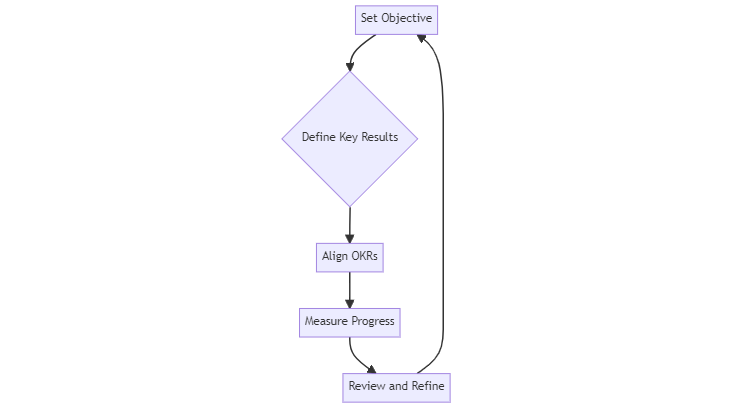
The diagram above represents the lifecycle of OKRs within an organization. It starts with setting an objective, defining key results, aligning Objectives and Key Results, measuring progress, and finally reviewing and refining.
Why OKRs Matter: The Power of Objective and Key Result Alignment
Objectives and Key Results are more than just a goal-setting tool. They foster alignment within teams and across the organization, ensuring everyone is pulling in the same direction. By doing so, they:
Promote Transparency: OKRs offer a clear line of sight into what everyone is working on, thereby promoting trust and accountability. For example, a shared, company-wide OKR board lets everyone see progress towards common goals.
Foster a Culture of Achievement: With their clear and measurable nature, Objectives and Key Results foster a results-driven culture. They drive performance, as evidenced by Google’s use of Objectives and Key Results to propel their growth.
Facilitate Prioritization: By clearly defining objectives and key results, Objectives and Key Results help teams to focus on what truly matters, promoting efficient use of resources.
Implementing OKRs: Making Objectives and Key Results Work for Your Organization
Implementing OKRs effectively is an art that requires precision, commitment, and persistence. Here are a few pointers:
Start Small: Start by setting Objectives and Key Results for critical areas before gradually rolling them out across the entire organization.
For instance, a startup may begin with Objectives and Key Results for customer acquisition and product development.
Engage Everyone: Inclusion is essential when setting Objectives and Key Results. Everyone should understand and buy into the objectives and key results. Weekly OKR meetings can facilitate this engagement.
Review Regularly: Objectives and Key Results are not set in stone. Regular review and adjustment keep them relevant and achievable. This might take the form of quarterly OKR reviews.
Closing Thoughts
In the right hands, OKRs can be a transformative tool. They align teams, make company goals explicit, and create a sense of urgency around achieving those goals. By following this comprehensive guide, we believe that any organization can harness the power of Objectives and Key Results for business success.
Thank you for spending time with us to understand the nuances of Objectives and Key Results. If implemented correctly, we’re confident that OKRs will help you steer your company towards success and higher levels of efficiency. Until next time, keep setting and smashing those objectives!
Explore Our Range of Services
Bring Objectives and Key Results to your organisation with our tried & tested OKR Framework.

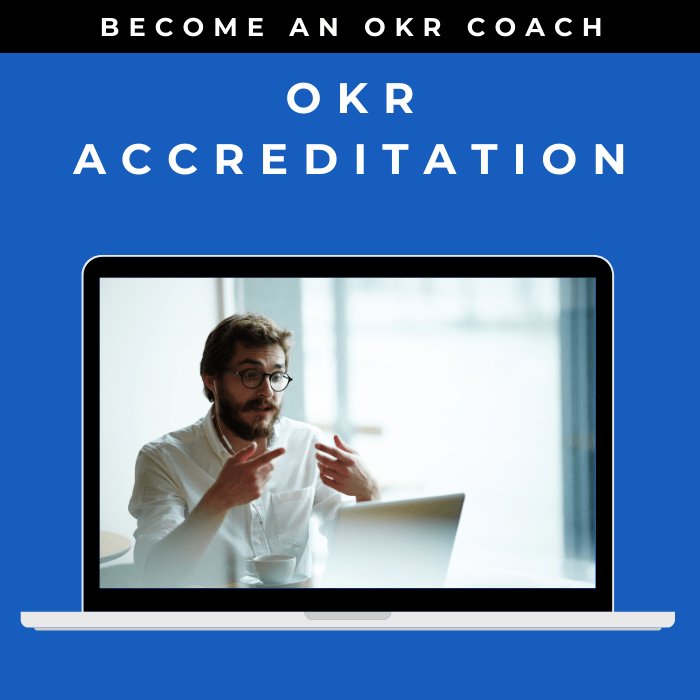
OKR International’s highly acclaimed Certified OKR Practitioner Program is the first and only OKR accreditation endorsed by ICF & HRCI for continuing education units.
OKR International helps leaders create the alignment, engagement and result orientation needed for growth by offering OKR Advisory services.

Latest Posts
- OKR Implementation Playbook
- How to manage change using the ADKAR model when Implementing OKRs
- Master OKRs with the Best Online OKR Courses
- OKR Training & Certification: The Complete Global Guide
- OKR Certification – 22-23 November 2025

